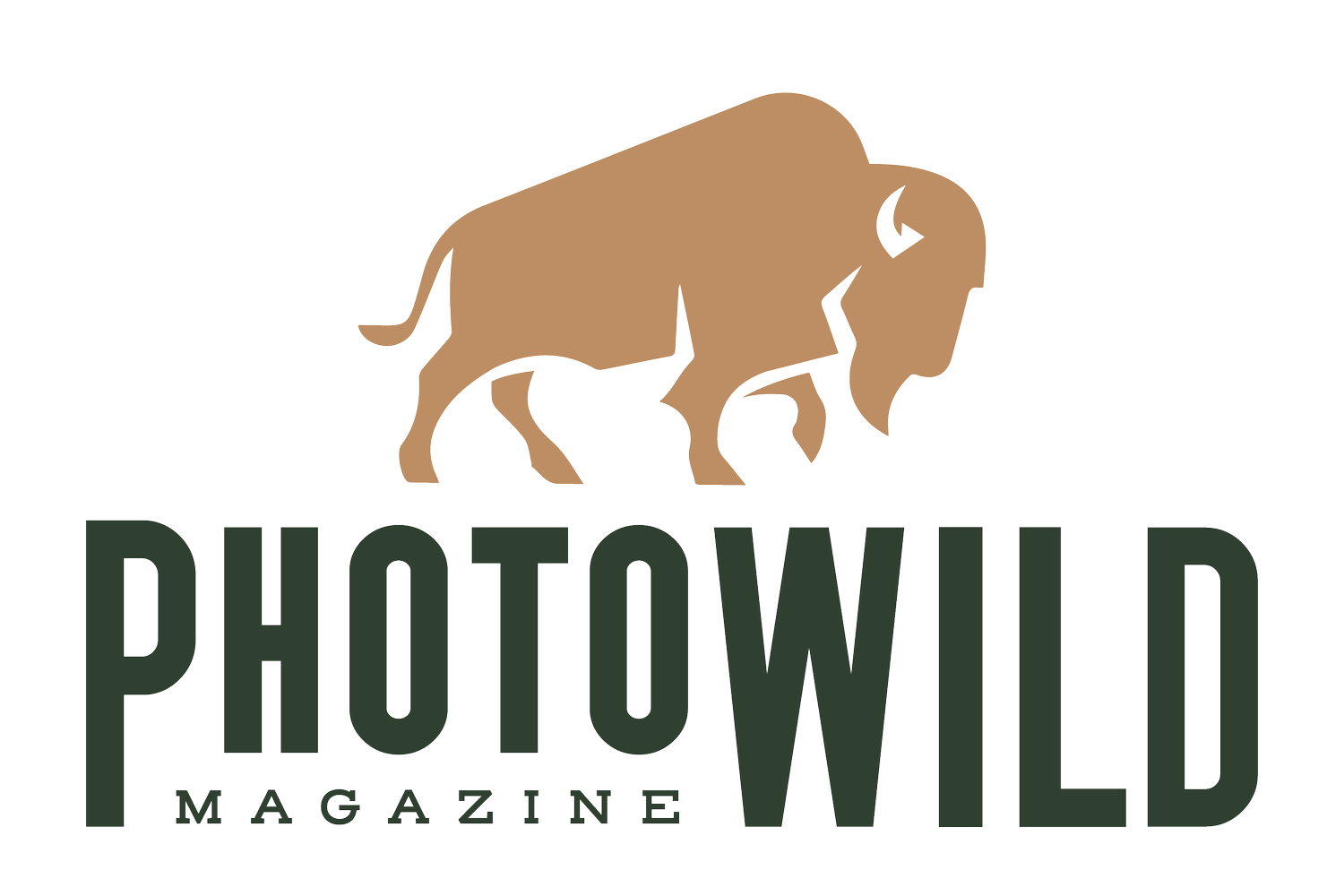Episode 25: The Great Gray Owl Irruption and Mastering Depth of Field
Listen to the show
Irruptions of Great Gray Owls happen roughly every 4 years
Not all populations of Great Gray Owls irrupt, however
Understanding the boom-and-bust cycles of food sources in the boreal world can help wildlife photographers prepare for one of the greatest bird photography opportunities across the Northern Hemisphere
Not all populations of irrupting owls are created equal when it comes to wildlife photography
Understanding how animals relate to geography can mean the difference between striking out and finding and photographing 20 or more owls in a day
Just because the irruption makes finding owls easy doesn’t mean photographing them does not come without challenges
Overcoming the great gray owl’s master camouflage is paramount when working with these species
Every few years various species of birds come spilling out of the far north into more southerly locations in mass. Most of these birds are specialists, species who are so finely-tuned to life in the boreal and arctic world but whose survival rests upon finite food resources. In the far north, where the perils of winter dictate all, when natural boom-and-bust cycles occur, the populations of species as diverse as great gray owls, boreal owls, northern hawk owls, snow owls, black-backed woodpeckers, three-toed woodpeckers, pine siskins, white-winged crossbills, evening grosbeaks, and boreal chickadees, ebb and flow with those cycles. And when a bust occurs, when that food becomes scarce, these birds will make a mass exodus from their circumboreal haunts by the tens of thousands in what is known as an irruption.
This year, the winter of 2024/2025 has proven to be one of the biggest irruptions for both great gray owls and boreal owls in over a decade. And in Episode 25 of the PhotoWILD Podcast, Jared Lloyd and Annalise Kaylor discuss the science behind the irruption and how wildlife photographers can use this knowledge to set themselves up to photograph one of the greatest bird photography opportunities across the Northern Hemisphere.
But just because the owls are easy to find, if you know where to look, doesn’t mean creating amazing photographs is easy. Secretive forest owls such as the great gray owl are some of the best camouflaged species on Earth. Making this species stand out from environment is one of the biggest challenges wildlife photographers face when working with these birds.
Want to learn more?
Episode 20: Weather is the biggest predictor of finding wildlife
Weather, especially winter weather, dictates everything about the lives of wild animals. Understanding how animals react to various weather events such as cold fronts and low pressure systems can dramatically increase your success as a wildlife photographer.
Episode 4: Pelagic Seabirds and Understanding Contrast
When it comes to birds in flight, understanding contrasting tones of light and color can make all the difference for your success in the field.
The Art of Composition part 2
Above all else, distance is plays the biggest role in determining depth of field. Distance from your lens to the subject and distance from your subject to the background. Understanding this will allow you to create compositions with subjects that seem to leap right out of the photograph with any lens regardless of maximum aperture.
The Art of Composition part 3
While depth of field is primarily a function of distance, the focal length of your lens also has a large impact on this as well. A 600mm f/4 lens has a shallower depth of field than a 400mm f/2.8, for instance. Depth of field, and thus the quality of bokeh, in our photographs is the accumulation of a variety of factors that have nothing to do with apertures and f/stops.






